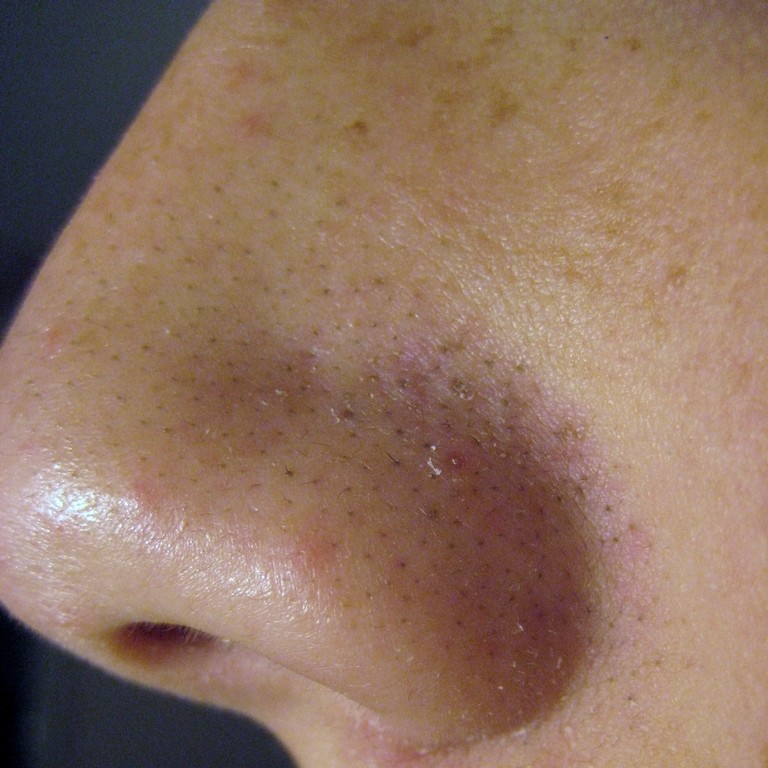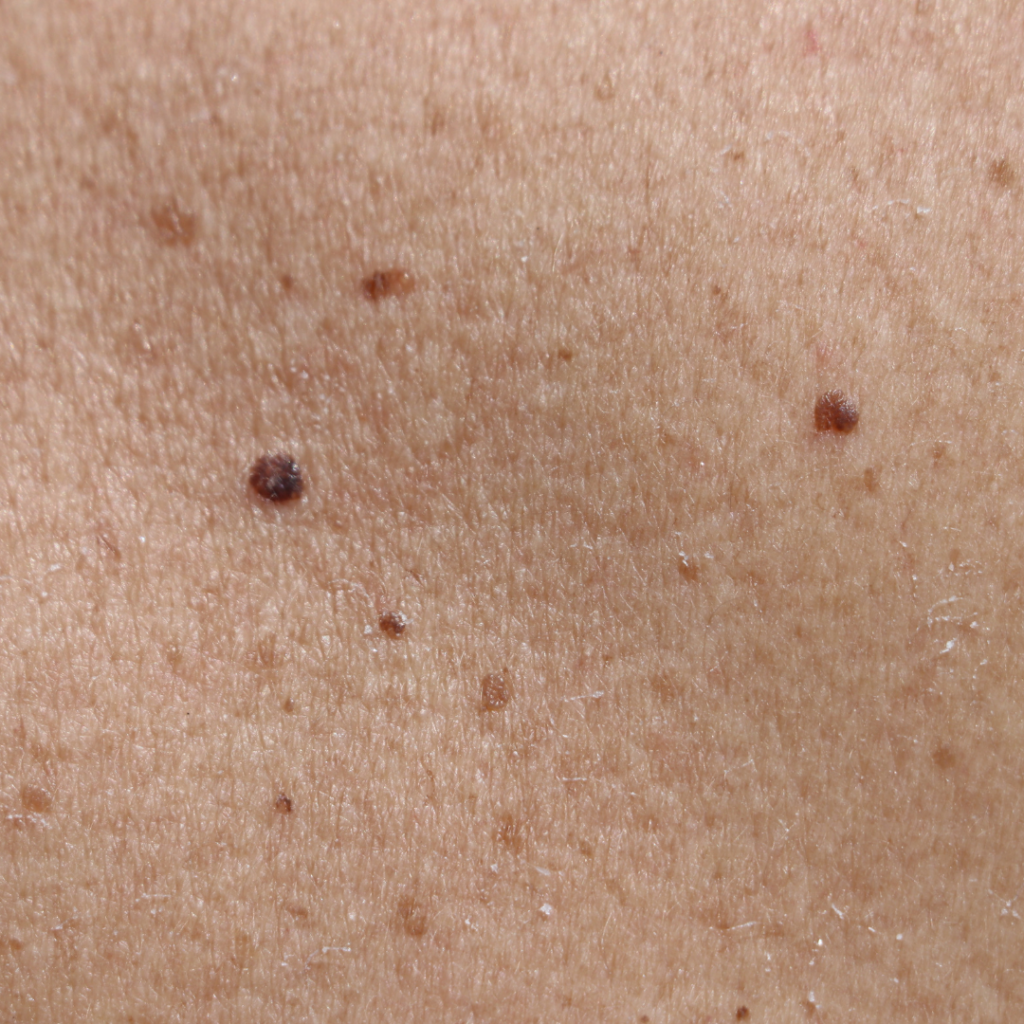ABCs of Skin Care ~ B is for Blackheads or Comedones

How does a comedone form? Wait, don’t you mean blackhead? Are they the same thing?
We say blackhead, but those annoying dark specks that fill our pores and drive us to distraction are technically known as comedones.
So are blackheads really a problem? They can be. They can stay relatively small, or they can grow to unsightly size. Most of the time they are just a cosmetic inconvenience, but they can grow to stretch your pore, creating a permanent scar.
Blackheads create a comfy home for the bacteria responsible for acne.
It takes 3-6 MONTHS for a comedone to form. You may notice a whole new crop sprout up seemingly overnight, but they’ve been brewing for months.
Comedones or blackheads are primarily formed from:
- Skin Cells
- Oil
- Debris
It starts with Skin cells, which shed at a rate of 1-2 cell layers daily. If you have acne prone skin you may shed 5-7 layers daily. That’s a lot of skin cells collecting in those tiny pores.
Next we add Oil, the rich lipid complex that makes up sebum, your skin’s natural lubricant. Also included are the oils, butters and waxes found in skin and hair care products.
Debris is the collective term for other “stuff” like bacteria, environmental pollutants, dirt, makeup and general yuck that lives on your skin.
Finally when debris and skin cells get stuck in the oil, a thick paste is formed that hardens into a plug.
If the opening of the follicle (pore) is wide enough, the surface of this plug may oxidize or turn a dark color. Its a lot like how the cut surface of an apple turns brown. Its now officially a “blackhead”.
If the opening of the follicle is very small or tight, this plug forms a closed comedone, AKA a “whitehead“.
Lots of people refer to a papule or a pustule (actual pimples) as a whitehead, but you are reading this, and as a result you are among the chosen few educated skin care connoisseurs that know the correct name.
Because YOU are AWESOME.
There are a few lookalikes that you might mistake for comedones. Most common are sebaceous filaments.

You will find filaments sprinkled across our nose and forehead. Annoying as they are, they are NOT blackheads. They are actually like tiny wicks in the pore, and serve to help bring sebum to the surface.
In reality when you use a “pore strip” and peel it to see all those “blackheads”, you’re really just seeing lots of sebaceous filaments. I know those strips can be strangely satisfying, but you aren’t really removing blackheads.
Sometimes we mistake moles and skin tags for comedones too. Please don’t try to remove them!

If you really want to remove blackheads / comedones, see a professional esthetician for extractions. That’s something we specialize in. If you are in the Rhode Island area, come see us at Viriditas Beautiful Skin Therapies or call 401-632-4444 to get rid of those pesky blackheads today.

[…] properties, which is why people use it for acne. Myristic acid is comedogenic as well. The catch is, it takes 3-6 months for a comedone (blackhead) to form. So sure, your red pimples may look better, but they will come back with a vengeance in 3-6 months. […]
[…] acne refers to the pimples, cysts, blackheads, and other blemishes that can unexpectedly occur in grown-ups, even those who never had acne as […]
[…] it’s not just about oil production. Stress can also affect our skin’s ability to heal and regenerate. Ever noticed how that one […]